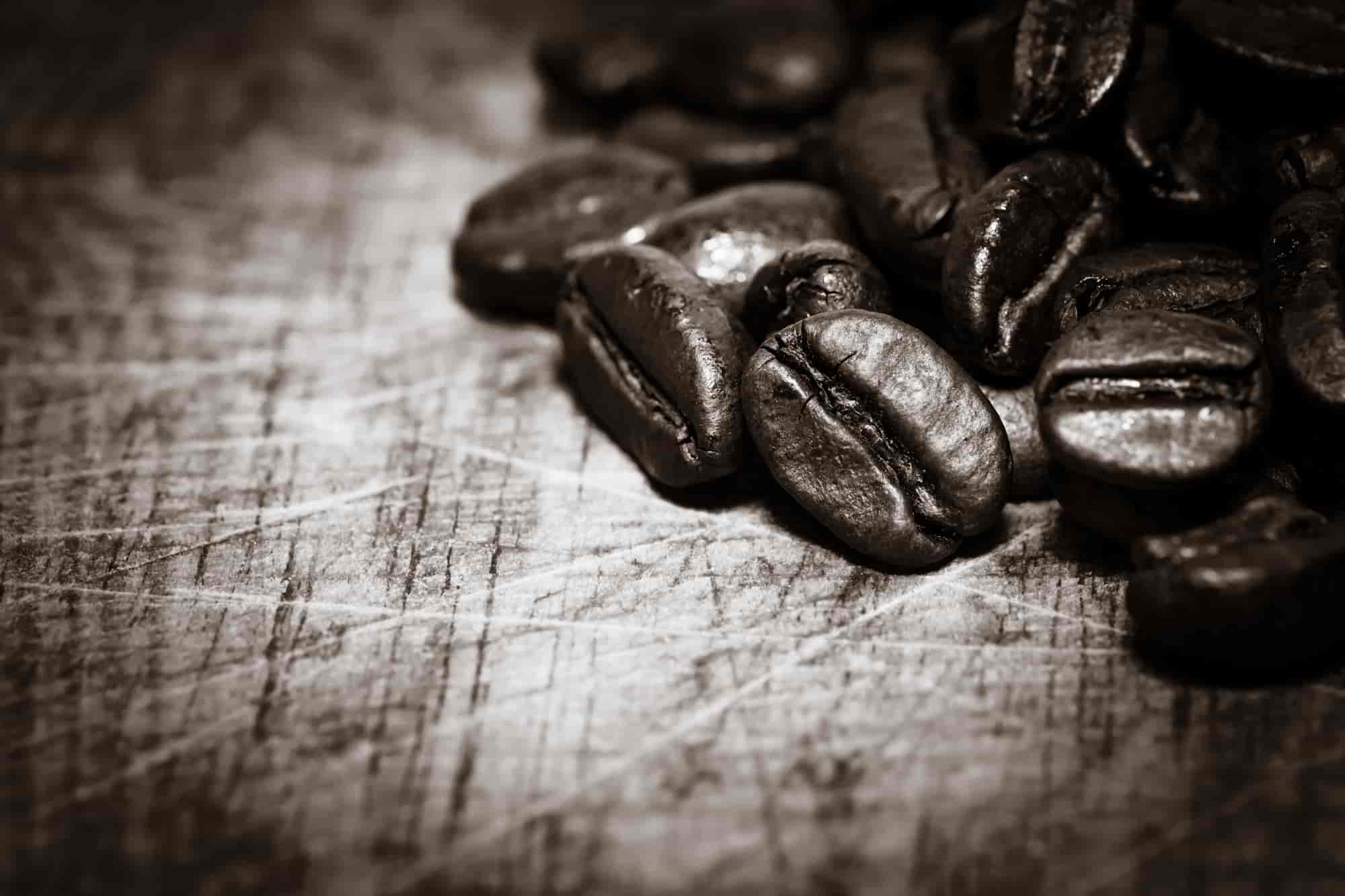Most people only see coffee when it’s dark brown, but coffee beans are red, yellow and green before they are roasted and become brown. At every stage of processing, coffee changes color, transforming from a brightly colored cherry to a darkly colored bean. The following is a brief look at this transformation.
Coffee Cherries are Red or Yellow
Ripe coffee cherries are either red or yellow. Like many fruits, they’re green when they grow and then change color when they ripen. Whether a cherry becomes yellow or green depends on the varietal that it is. For instance, cherries on Yellow Bourbon coffee plants turn yellow, while those on Red Bourbon shrubs become red.
For maximum freshness, coffee beans should be picked when they’re brightly colored, regardless of whether they’re red or yellow. A dark red or yellow cherry is overripe. Although a few overripe cherries won’t ruin an entire lot, they will detract from the selections overall quality.
Processed Coffee Beans are Green
After picking, coffee beans are processed. At the end of this stage, all that is left is the pit of the cherry, or a green coffee bean. The color of these beans may range from a grayish green to a yellow-green, depending on where they are from. They all, however, are green — especially when compared to brown, roasted beans.
Roasted Coffee Beans are Brown
During roasting, coffee beans turn from green to tan and then brown. The longer they are roasted, the darker brown beans will be. Roasted coffee beans never become black, although they may be very dark brown.
If roasted beans are black, then they’ve been burned and aren’t suited for brewing. They’re really just charcoal at this point. Even the darkest roasts, such as Italian, French and Spanish roasts, don’t turn the beans into black carbon.
Brewed Coffee is a Brownish Black
Brewed coffee may range from brown to almost black, depending on the roast level and how the coffee was brewed. If you were to take a drop of any brewed coffee and hold it up to a light, you’d probably find that it was actually brown. In a coffee pot or mug, though, the coffee may look black. We can keep debating whether it’s technically brown or truly black without arriving at an answer. It’s better just to drink it and get a refill.
As coffee goes from crop to cup, it changes from either yellow or red to green and then brown. The color of coffee shows what stage it’s at, with it only being ready for consumption when it’s brown. (Beans never actually become black, although brewed coffee may look black.)
Brown’s sometimes considered a dull color, but many pictures show just how beautiful brown coffee beans can be. We’ve collected a number on our Instagram account. If you like looking at coffee as well as drinking it, be sure to follow us there.

